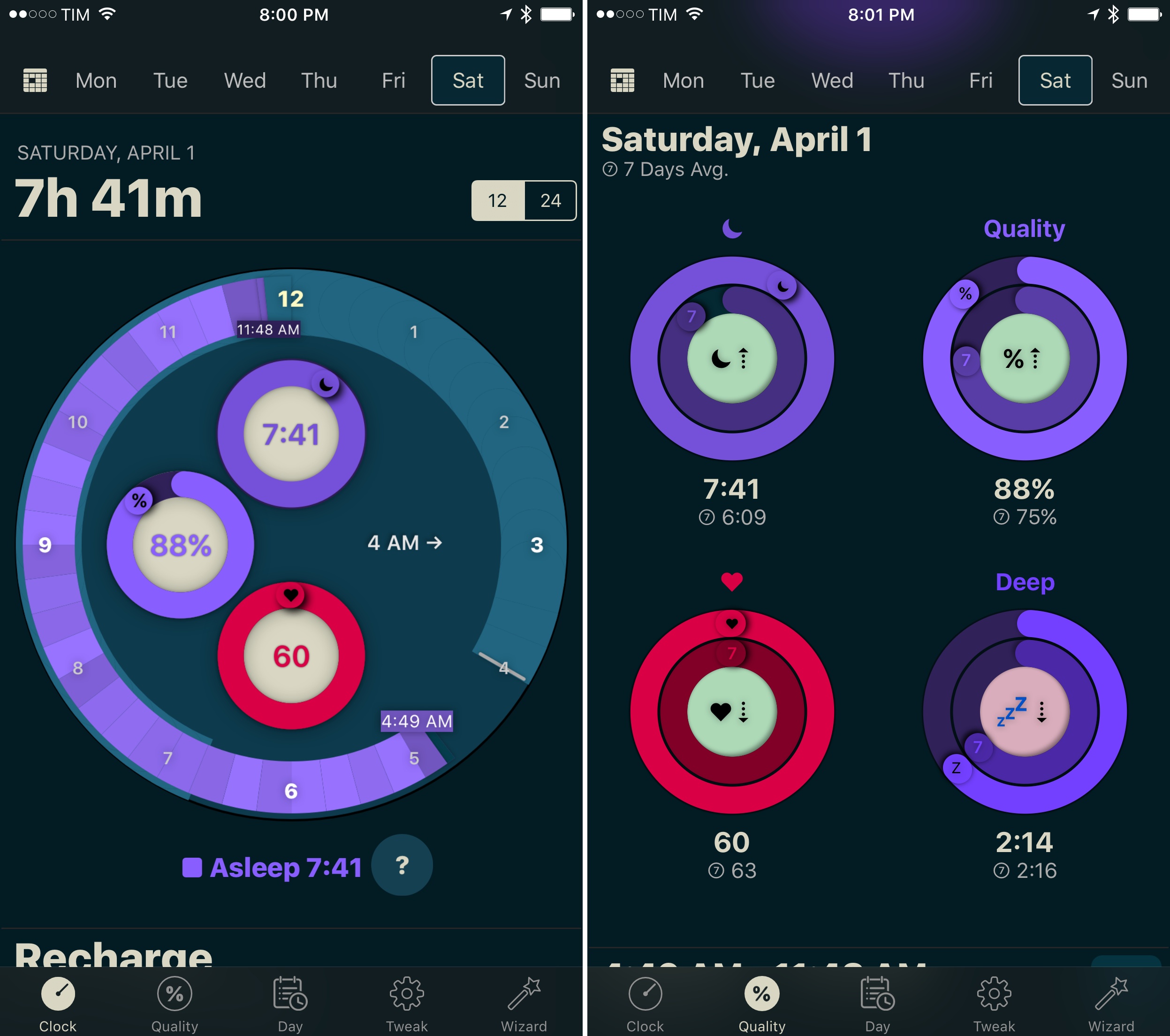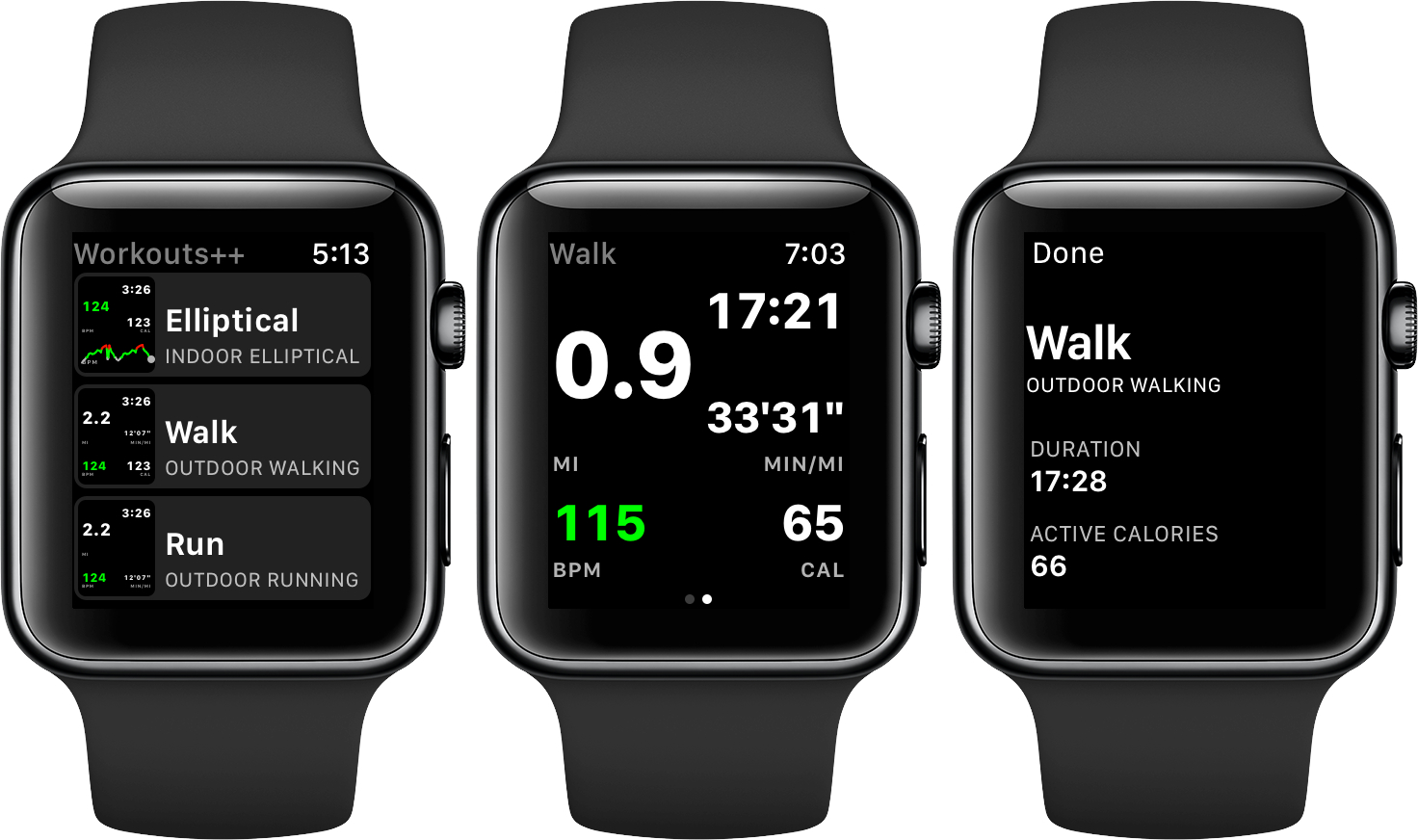I love this concept by 9to5Mac’s Michael Steeber, who imagined how Apple’s Health app could become a friendly, useful motivational tool instead of being just a pretty collection of charts and data points:
The majority of people using iPhones and Apple Watches to track their health have the simple wish to reach their goals and monitor their wellness. While today’s Health app is rich with data points and charts, it takes valuable time to dive in and parse the information. Even more challenging is drawing accurate and informed conclusions from the data without a medical background.
The Health app of the future could be a dashboard for your body, filled with daily insights into your wellness. Helpful tips for living a better life could be drawn from the treasure trove of data synced from your Apple Watch and connected apps, tailored to your specific health history and needs. Rather than just a data aggregator, Health could become a proactive and motivational tool.
Not only is Michael exactly right about the features missing from the Health app – his mockups are beautiful, and I could see the card-style UI fitting nicely within Health.
As I was reading Michael’s article, I was reminded of something I wrote three years ago in my iPhone health story, after I spent months tracking everything about myself:
What I’m missing, however, is advanced and intelligent connections between the pieces of data I’m tracking about myself. I’ve spent months logging all I could about my body and daily activity using my iPhone. I’d love to see a smart AI capable of understanding actual patterns about my lifestyle and that could give me more detailed insights about my habits. What happened in the week I ate more vegetables than meat – did I lose weight and sleep better? What are the locations where I tend to walk more and when during the week? I can see how steps taken correlate with sleep quality, but how about something more practical such as, for instance, caffeine and food plotted against sleep?
This was published in March 2015, before I got an Apple Watch. Three years later, the Health app is still largely the same. I think it’s time for Apple to consider how data tracked in the Health app could be used in meaningful, practical ways going forward. I hope something similar to Micheal’s ideas is in the works.








